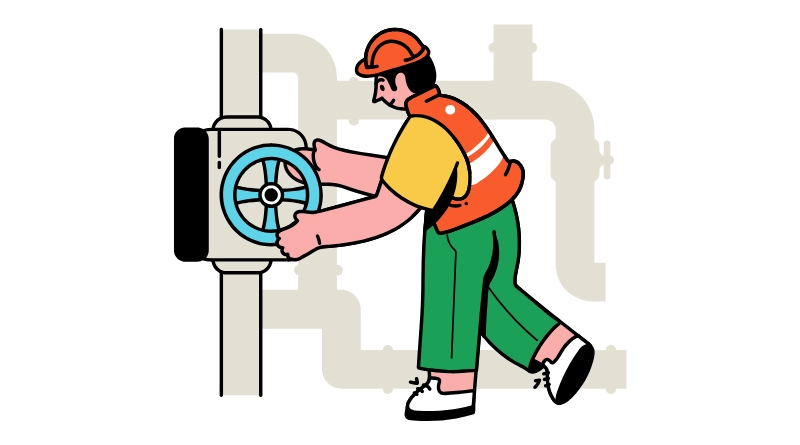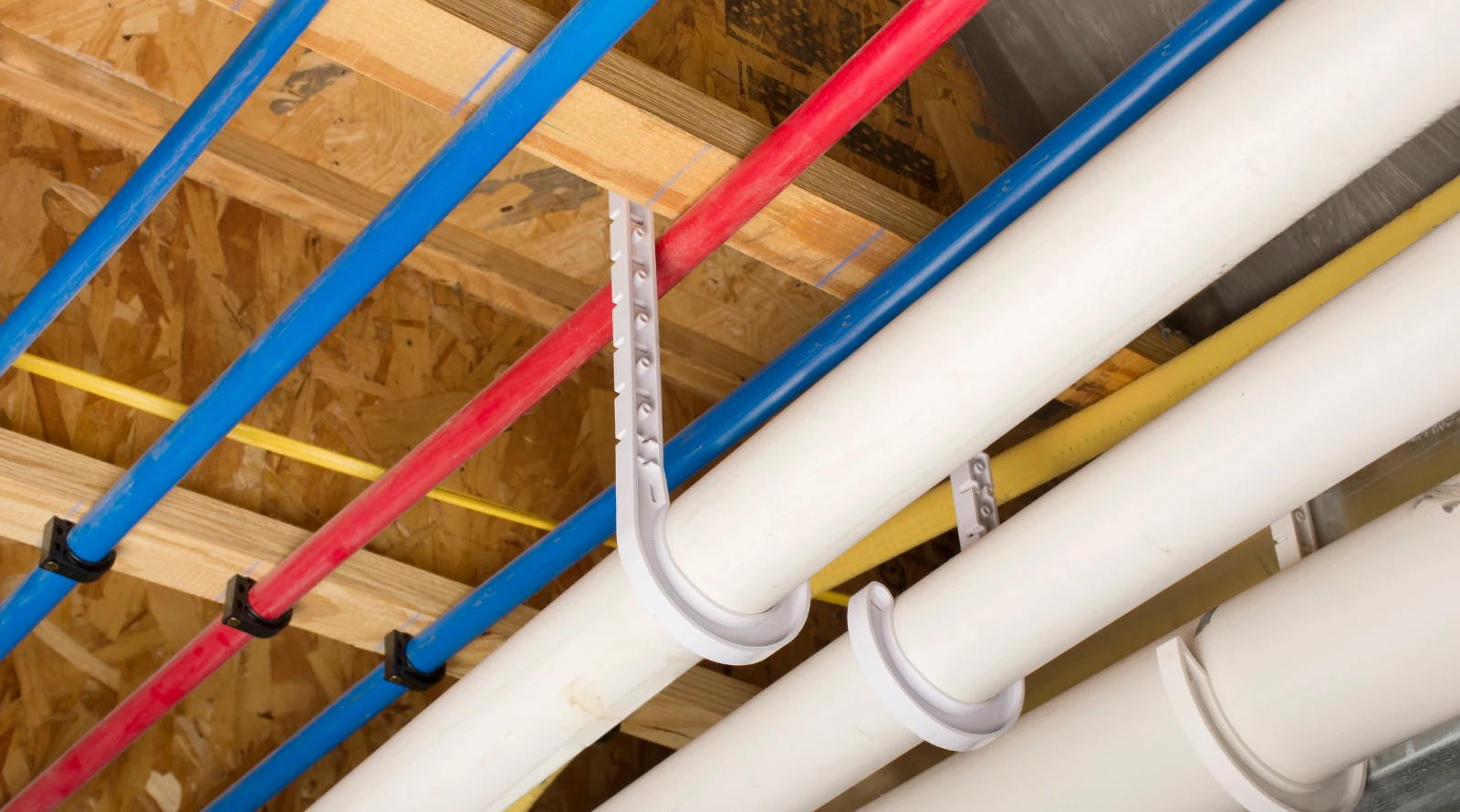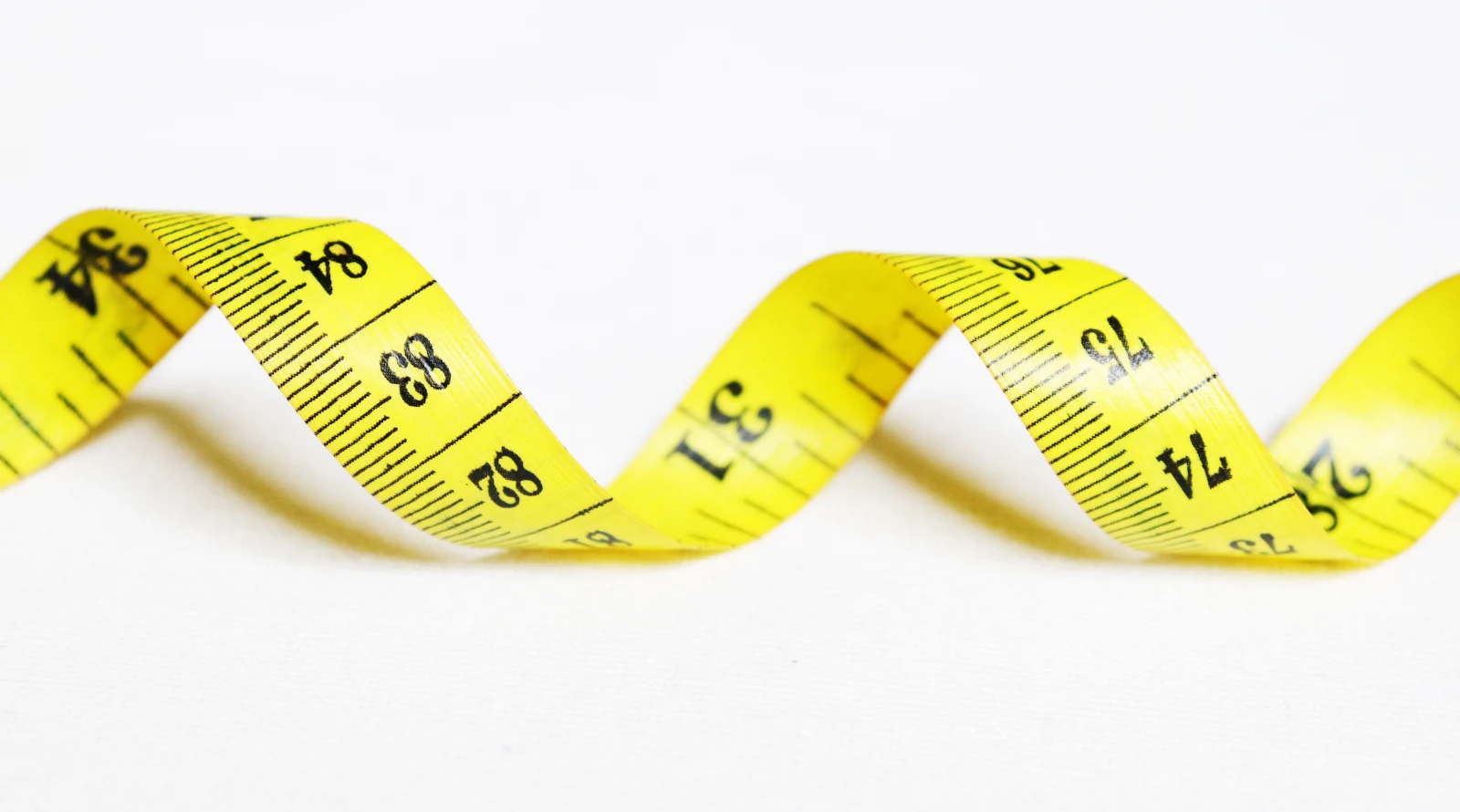Are you disputing a high water bill (with no visible leak) due to an unexplained high water usage? Discovering why your water bill tripled in one month or questioning, “Why has my water bill doubled?” — these scenarios can be quite concerning. Understanding the factors behind a sudden surge in your bill, especially when it seems high due to a leak, is crucial for responsible management.

Before we continue, there is one query that our readers frequently ask us… High water bill due to leak.. am i responsible?
The answer is…
If you’ve discovered a high water bill due to a leak, whether or not you’re responsible typically depends on various factors:
If you own the place – You’re usually responsible for fixing the leak and paying the bill.
If you’re renting – Check your rental agreement; it might say who’s responsible.
Tell someone ASAP – Let the right people know about the leak so they can help and figure out who should handle the bill.
Be careful – If the leak happened because of something you did or didn’t do, you might have to take responsibility.
Rules matter – Sometimes, local laws decide who deals with leaks and the bill.
Therefore, our word on this is that if you see a leak causing a high water bill, report it fast and talk to the right people to sort out who needs to handle it.
Let’s now discuss the reasons behind high water bills in the absence of a leak, as well as how to detect them, fix them, and use our handy calculator.
Potential Causes of High Water Bill
A $1,200 water bill might raise questions, especially when there’s no visible explanation. The following are some causes we’ve identified for a high water bill with no visible leak:
| Potential Causes | Description |
|---|---|
| Running appliances | Faulty or malfunctioning appliances like dishwashers, washing machines, or water heaters might continuously use water without noticeable external leaks. |
| Evaporation | In arid or hot climates, increased evaporation rates from pools, outdoor ponds, or water features can lead to higher water usage without an actual leak. |
| Hidden garden hose leaks | Leaks in outdoor garden hoses or connections might be overlooked but contribute to significant water loss over time. |
| Water softener issues | Problems with water softening systems, such as continuous cycling or regeneration, can cause excessive water use without apparent leaks. |
| Municipal billing errors | Errors in the meter reading or billing process by the water utility company could result in an inflated bill unrelated to actual consumption. |
| Increased occupancy | More occupants in a household, such as visitors or additional family members, can lead to a surge in water usage without an obvious leak. |
| Unnoticed drips in crawl spaces | Water leaks in crawl spaces or less frequented areas might go unnoticed for extended periods, causing a substantial increase in water bills. |
| Irrigation timer programming | Incorrectly set irrigation timers or programming errors could lead to excessive watering, resulting in higher water bills without visible leaks. |
| Leaking water softener | A malfunctioning or leaking water softener system could continuously use and waste water without an evident external leak. |
| Undetected toilet leaks | Leaks in the toilet tank or bowl might not be immediately noticeable but can contribute significantly to a high water bill. |
| Recent plumbing work | Recent repairs or plumbing work might have caused a hidden leak if not executed correctly or if pipes were improperly sealed after maintenance. |
| Leaks in the main line | A leak in the main water supply line coming into the property might not show visible signs but can lead to substantial water loss. |
Any of these reasons could contribute to a higher-than-expected water bill despite no visible leaks, necessitating a thorough investigation to identify the underlying cause.
Detecting Invisible Leaks
Here are some detection methods we’ve tried that can help you detect invisible leaks causing high water bills when there are no obvious signs of water leaking:
1. Check the Water Meter
- What to Do: Turn off all water-using things like faucets, appliances, and sprinklers. Take note of the water meter reading. Wait for an hour or more, then recheck the meter. If it moved despite no water usage, there might be a leak.
- Why it Helps: This method reveals if water is still running when it shouldn’t be, pointing to possible hidden leaks.
2. Use Food Coloring in Toilet Tanks
- What to Do: Put a few drops of food coloring into the toilet tank and wait without flushing. If the colored water appears in the bowl without flushing, there might be a leak in the toilet.
- Why it Helps: This test detects silent toilet leaks, which can waste a considerable amount of water without making any noise.
3. Monitor Water Usage Patterns
- What to Do: Keep a close eye on your water meter during times when water should not be in use, like overnight or when no one is at home for an extended period. Note any unexpected increases in water usage.
- Why it Helps: Sudden spikes in water usage during inactive periods can indicate potential leaks.
4. Visual Inspection of Pipes and Connections
- What to Do: Look closely at exposed pipes, connections, and faucets for any signs of moisture, rust, or dripping water. Pay attention to discoloration or water stains.
- Why it Helps: Visually spotting leaks or signs of potential leaks can guide further investigation.
5. Use of Leak Detection Devices
- What to Do: Employ specialized tools like moisture sensors, acoustic listening devices, or infrared cameras designed to detect leaks in plumbing systems. These devices listen for sounds of water leaks or detect moisture in walls or floors.
- Why it Helps: These devices help pinpoint leaks in difficult-to-reach or concealed areas without causing damage.
6. Pressure Testing
- What to Do: Hire a professional plumber to conduct a pressure test on your plumbing system. They’ll pressurize the pipes to identify any drops that might indicate leaks.
- Why it Helps: Pressure testing detects hidden leaks by observing changes in pressure within the plumbing system.
7. Thermal Imaging
- What to Do: Use thermal imaging cameras that show temperature differences caused by water leaks in walls or ceilings. These cameras detect heat changes related to moisture.
- Why it Helps: Helps find hidden leaks without the need to physically open up walls or ceilings.
8. Professional Plumbing Inspection
- What to Do: Bring in a qualified plumber to thoroughly inspect all visible and accessible plumbing, including fixtures, connections, and appliances.
- Why it Helps: Professionals can use their expertise and specialized tools to identify leaks accurately.
9. Water Usage Data Analysis
- What to Do: Examine your water bills over several months and compare water usage patterns. Look for sudden, unexplained increases in usage.
- Why it Helps: Analyzing usage trends helps identify abnormal spikes that could indicate a potential leak.
10. Acoustic Listening Devices
- What to Do: Use equipment that detects sounds of running water within walls or underground pipes. These devices pinpoint the area where water is moving.
- Why it Helps: Listening for water noises helps locate potential hidden leaks accurately.
RECOMMENDED PLUMBERS TO FIX WATER LEAKAGE:
Solutions to a High Water Bill With No Visible Leaks Problem
Look at the table below… outlining potential solutions for dealing with a high water bill when there’s no visible leak. We believe implementing these solutions can help you address high water bills without visible leaks by identifying and resolving potential sources of water wastage.
| Possible Solutions | Description |
|---|---|
| Repair Running Toilets | Fix issues with toilets that run continuously by replacing flapper valves or addressing overflow problems. |
| Conduct Professional Plumbing Check | Hire a plumber for a thorough inspection to identify hidden leaks, faulty pipes, or plumbing system issues. |
| Address Hidden Irrigation Leaks | Check and repair any leaks or malfunctions in irrigation systems, such as sprinklers or drip lines, to prevent water wastage. |
| Upgrade Appliances | Replace old or faulty appliances like washing machines or dishwashers known to cause water wastage with newer, water-efficient models. |
| Install Water-Efficient Fixtures | Replace faucets, showerheads, and toilets with water-saving versions to reduce overall water consumption. |
| Check Water Meter Accuracy | Verify the accuracy of the water meter with the utility company to ensure correct measurement and billing. |
| Implement Routine Maintenance | Conduct regular maintenance on plumbing systems, including checking for leaks, corrosion, or worn-out components, to prevent future issues. |
| Install Leak Detection Devices | Utilize smart leak detection systems or devices that can notify you of abnormal water usage, aiding in identifying leaks promptly. |
| Educate on Water-Saving Practices | Educate household members on water conservation practices, like turning off taps properly and fixing leaks promptly, to reduce unnecessary water usage. |
| Monitor Water Usage | Track water usage regularly using smart meters or monitoring systems to stay aware of sudden increases, indicating potential leaks. |
| Apply Pressure Testing | Conduct pressure tests on the plumbing system periodically to detect hidden leaks or unusual pressure drops that may indicate a leak. |
| Insulate and Protect Pipes | Insulate exposed pipes to prevent freezing and potential leaks in cold weather, and protect them from damage to avoid future leaks. |
Water Bill Calculator
How to Use the Calculator:
- Enter Usage: Input the estimated water usage in gallons in the “Enter Water Usage” field.
- Price per Gallon: Enter the cost per gallon of water charged by your service provider in the “Price per Gallon” field.
- Due Date: Select the due date for the water bill using the provided date picker.
- Calculate Bill: Click the “Calculate Bill” button to generate an estimate based on the provided values.
Frequently Asked Questions
If your water bill seems wrong, talk to your landlord calmly. Show them the bills and any proof like pictures of leaks. Ask about your lease to see who’s responsible for the bill. Try to figure out a solution together and write down what you talked about. If needed, learn about your rights or get advice from someone who knows the rules. Keep things polite and keep records of all your conversations.
Reducing your high water bill involves several steps:
– Check for leaks: Regularly inspect fixtures, pipes, and toilets for leaks. Addressing leaks promptly can significantly reduce water wastage.
– Upgrade appliances: Invest in water-efficient appliances and fixtures. Low-flow showerheads, faucets, and energy-efficient washing machines can minimize water usage.
– Change habits: Practice mindful water usage, such as turning off taps when not in use, fixing drips promptly, and opting for shorter showers.
Water meters seldom malfunction, but when they do, readings can become inaccurate. Inaccurate measurements may also result from wear and tear or silt buildup, among other factors. Therefore, we suggest you get regular maintenance and occasional meter check. It can help detect any irregularities.
A water meter that runs nonstop could be a sign of a plumbing system leak. So, check for leaks in underground lines, faucets, and toilets. If there seems to be a hidden leak, have a professional plumber do a complete check.
A household’s typical water usage might vary depending on a number of variables, including size, geography, and personal habits. A household may use between 80 and 100 gallons of water per person per day on average. On the other hand, depending on activities and conservation methods, this can vary greatly.
Yes, indeed! Increased water use and, as a result, a higher water bill can be caused by high water pressure. Overpressure can waste water by causing leaks, leaking toilets, or excessive water use in home appliances. Therefore, you should always make sure to keep the water pressure at a moderate level to prevent wasteful use.
Conclusion
Dealing with a high water bill when there’s no obvious leak might seem tricky, but there are ways to tackle it. First off, keeping an eye out for sneaky leaks, like those hiding in pipes or toilets, is key. These silent water wasters can push bills up without showing themselves.
Also, those old meters? Sometimes they get a bit confused and show more water used than there actually is, so it’s good to check them out too.
Making small changes at home can make a big difference. Things like fixing drips, using appliances that don’t guzzle water, and simply being careful with how much water we use in daily tasks like showering or washing dishes can all help.
Oh, and checking the meter regularly, and keeping an eye on the pressure, can save a lot of water—and money—in the long run. Understanding how much water is considered normal for different things around the house also helps. And remember, teamwork makes the dream work! Everyone in the house can pitch in to save water, making it a win-win for both the pocket and the planet.
Remember, while the provided calculator offers a basic estimation, consulting with a licensed plumber is always recommended for accurate sizing and compliance with local building codes.
RELATED:
- How to measure Copper, HDPE, PEX, and Steel Pipe Size with Charts
- Plumbing Installation Estimated Cost Calculator
- Shower Tile Installation Online Cost Calculator





